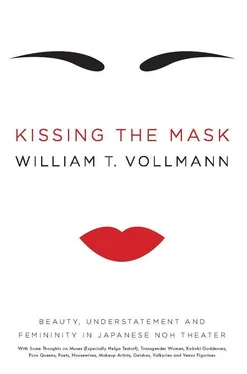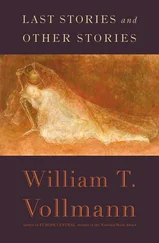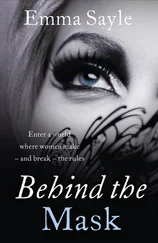William Vollmann - Kissing the Mask - Beauty, Understatement and Femininity in Japanese Noh Theater, with Some Thoughts on Muses (Especially Helga Testorf), Transgender Women, ... Geishas, Valkyries and Venus Figurines
Здесь есть возможность читать онлайн «William Vollmann - Kissing the Mask - Beauty, Understatement and Femininity in Japanese Noh Theater, with Some Thoughts on Muses (Especially Helga Testorf), Transgender Women, ... Geishas, Valkyries and Venus Figurines» весь текст электронной книги совершенно бесплатно (целиком полную версию без сокращений). В некоторых случаях можно слушать аудио, скачать через торрент в формате fb2 и присутствует краткое содержание. Год выпуска: 2010, Издательство: HarperCollins, Жанр: Современная проза, Публицистика, на английском языке. Описание произведения, (предисловие) а так же отзывы посетителей доступны на портале библиотеки ЛибКат.
- Название:Kissing the Mask: Beauty, Understatement and Femininity in Japanese Noh Theater, with Some Thoughts on Muses (Especially Helga Testorf), Transgender Women, ... Geishas, Valkyries and Venus Figurines
- Автор:
- Издательство:HarperCollins
- Жанр:
- Год:2010
- ISBN:нет данных
- Рейтинг книги:3 / 5. Голосов: 1
-
Избранное:Добавить в избранное
- Отзывы:
-
Ваша оценка:
Kissing the Mask: Beauty, Understatement and Femininity in Japanese Noh Theater, with Some Thoughts on Muses (Especially Helga Testorf), Transgender Women, ... Geishas, Valkyries and Venus Figurines: краткое содержание, описание и аннотация
Предлагаем к чтению аннотацию, описание, краткое содержание или предисловие (зависит от того, что написал сам автор книги «Kissing the Mask: Beauty, Understatement and Femininity in Japanese Noh Theater, with Some Thoughts on Muses (Especially Helga Testorf), Transgender Women, ... Geishas, Valkyries and Venus Figurines»). Если вы не нашли необходимую информацию о книге — напишите в комментариях, мы постараемся отыскать её.
comes a charming, evocative and piercing examination of an ancient Japanese tradition and the keys it holds to our modern understanding of beauty….
What is a woman? To what extent is femininity a performance? Writing with the extraordinary awareness and endless curiosity that have defined his entire oeuvre, William T. Vollmann takes an in-depth look into the Japanese craft of Noh theater, using the medium as a prism to reveal the conception of beauty itself.
Sweeping readers from the dressing room of one of Japan's most famous Noh actors to a transvestite bar in the red-light district of Kabukicho,
explores the enigma surrounding Noh theater and the traditions that have made it intrinsic to Japanese culture for centuries. Vollmann then widens his scope to encompass such modern artists of attraction and loss as Mishima, Kawabata and even Andrew Wyeth. From old Norse poetry to Greek cult statues, from Japan's most elite geisha dancers to American makeup artists, from Serbia to India, Vollmann works to extract the secrets of staged femininity and the mystery of perceived and expressed beauty, including explorations of gender at a transgendered community in Los Angeles and with Kabuki female impersonators.
Kissing the Mask












